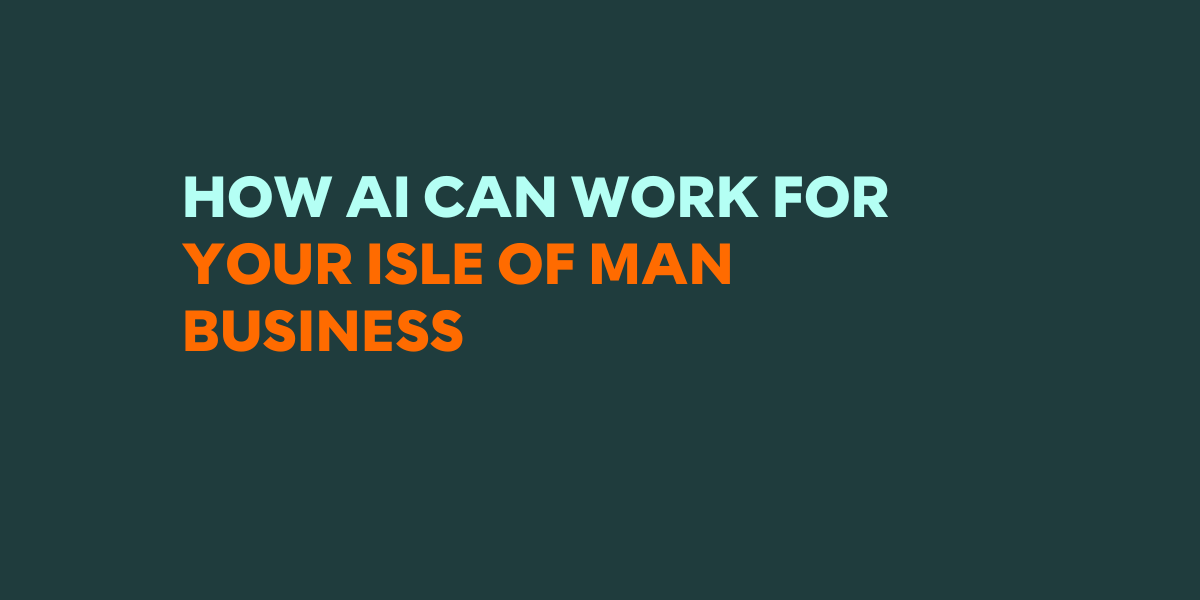Why now is an appropriate time to reflect on and recharge your digital ambitions
12 August 2020

2020 was predicted to be a tipping point for accelerated digital adoption for the offshore financial services sector but no-one could foresee how relevant this perspective was in the cold light of Covid-19. Local business leaders have risen to the immediate challenges in responding to the crisis with limited time for breathing space as flexible home working and deployment of processes remotely came into effect. As businesses return to the office in some capacity it is a good time to reflect and re-charge the digital roadmap.
In our forthcoming blog series myself and colleagues discuss some key areas for consideration, impacts on the local financial services sector and the top challenges to digital transformation.
Without you planning it or anticipating it you’ve no doubt already taken some of the first difficult steps through necessity. Dealing with the practicalities of what had not long been paper heavy manual processes and transactions with wet signatures have been overcome through necessity with business leaders and supporting functions performing miracles in a truly agile manner.
But how resilient are the solutions that have been put in place and do they reflect the rigorous regulatory and compliance requirements as well as remain competitive if competitors suddenly take a leap forward with automation and efficiency.
Digital transformation is no longer just a “nice to have.” Neither is it entirely about technology. For financial institutions, digital transformation is also about improving the customer experience, employee experience, and business economics. In other words, it’s become essential and soon digital transformation will just be referred to as business transformation.
This point is particularly relevant in light of the COVID-19 crisis and the ability of financial institutions to respond. As highlighted in an article by the Institute of International Finance, “Digital Transformation and COVID Adaptation,” the forced experience of adapting to the COVID-19 environment may ultimately result in greater openness to transformational initiatives, both within the business and among its various customers. Digital is not coming. It is already here and it is raising a number of strategic questions.
- What are the biggest gaps in my digital roadmap and associated planning?
- How digital is my organization compared to the market and how does this impact strategic business objectives?
- What key metrics or best in class digital practices should I be aware of?
- How do I engage with my key stakeholders both internally and externally in a digital world?
We will endeavor to answer these questions throughout the blog series but three things stand out that are likely to be different
1) Human Centred Design
The customer experience will be re-imagined by focusing on human-centred design and leveraging technology that better intuits human behaviours and responds more appropriately. Beyond automation the growth of human-centred, emotionally intelligent platforms to recognise and use emotional data at scale is one of the biggest, most important opportunities for companies going forward.
2) Physical and Digital Worlds Combine
Greater availability of tools and computing infrastructure are closing the chasm between the physical and digital worlds. Technology leaders need to consider how they’ll incorporate digital technologies to design new services, drive growth in existing markets, and ensure their organisations stay ahead of their competition.
3) Growth in Trust
Technology disruption represents an opportunity to gain or lose trust with the ethical ramifications of technology use also needing consideration. Approaching trust not as a privacy, compliance, public relations issue, but as a business-critical goal and reflecting on the trust gained and or lost during the crisis will allow you to adjust your practices, such as client experience, transparency, data usage and retention.
Top challenges to digital transformation
The Institute of International Finance and Deloitte together recently explored the question of how financial institution can realise the promise of digital transformation. Through discussions with more than 60 executives, regulators, and policymakers at leading financial institutions globally nine top challenges to digital transformation were identified for financial institutions. These common challenges of digital transformation for financial institutions, are considered from both internal and external perspectives.
External Challenges
- Investor expectations for financial institutions constraining digital transformation efforts
- Inconsistent data regimes restricting financial institutions’ ability and appetite to generate value
- Lack of enterprise readiness and capability by FinTechs limiting the ability for partnerships with mature financial institutions
- Prescriptive and/or outdated regulations constraining large-scale digital transformation initiatives
Internal challenges
- Evolving talent models forcing many financial institutions to rethink the workforce of the future and the environment needed to retain talent
- Lack of enterprise agility, understanding, and coordination for activating innovation partnerships
- Traditional risk-conscious culture clashing with a higher risk appetite for pursuing innovation
- Management ambition to meet short term business targets misaligning with organizational needs for longer term transformation
- High regulatory-driven change burden leaving insufficient budget, resources and management attention for digital transformation initiatives
In our next blog we will explore practical steps on how you can overcome these challenges and define your digital journey for success along with explore the types of technology solutions which will enable transformation.





